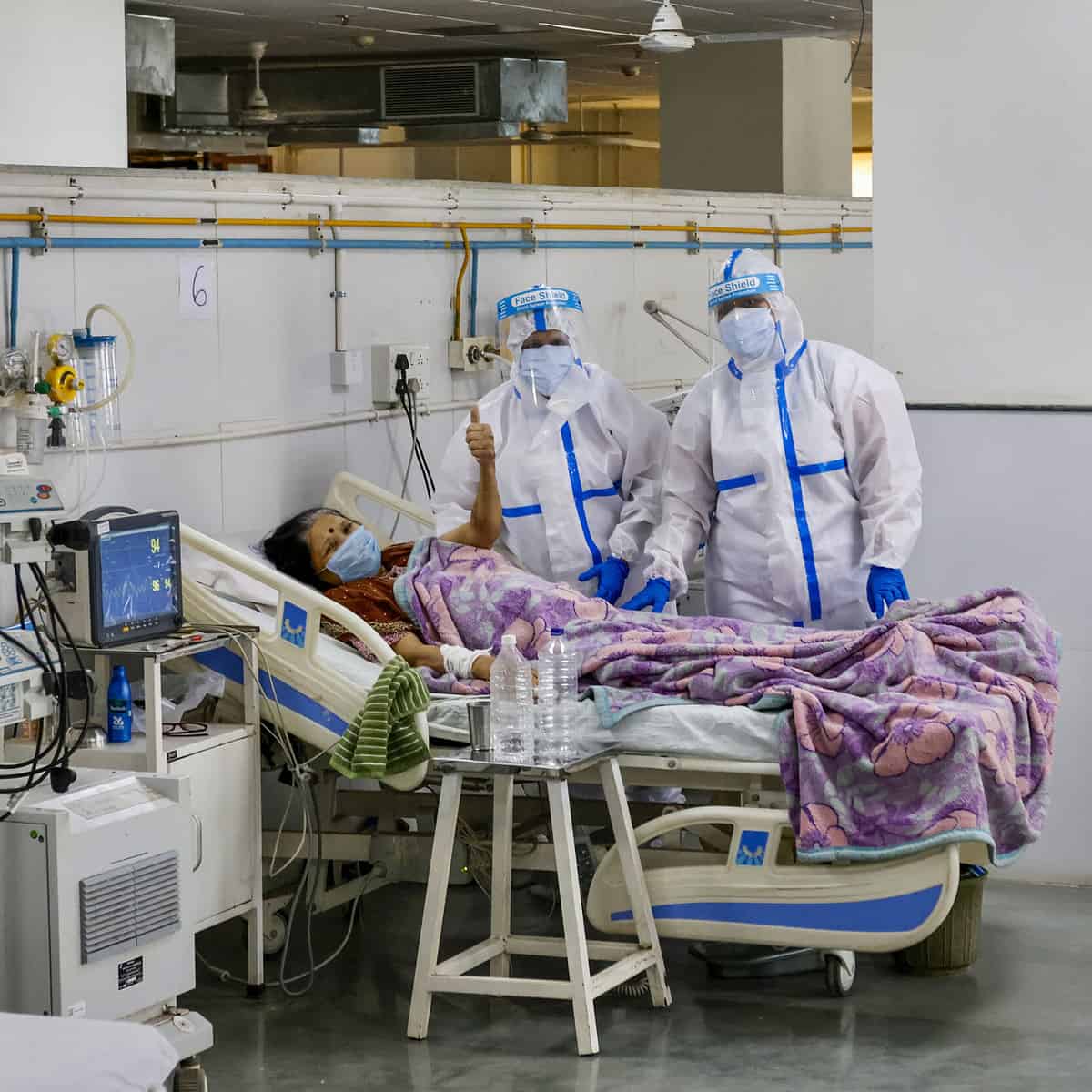
Toronto: Nearly 3-5 per cent cases of onset of diabetes is due to Covid-19, in other words roughly one person in 20 is a diabetic, according to an alarming study.
The study, led by a team of researchers at the University of British Columbia, found that SARS-CoV-2 infection was associated with a higher risk of diabetes, suggesting that these infections may have contributed to an excess burden of diabetes at the population level.
“These findings suggest that Covid-19 infection may continue to be associated with outcomes in organ systems involved in regulating blood glucose in the postacute phase,” said Prof Naveed Janjua, from the varsity.
The findings, published in JAMA Network Open, showed that men were more likely to develop diabetes than women.
People who suffered severe Covid and were hospitalised were more than twice as likely to go on to a diabetes diagnosis, compared with those who were not infected.
Further, people who were admitted to intensive care were more than three times as likely to develop diabetes, the researchers found.
“Given the large number of people infected with Covid-19, these excess diabetes cases could translate into a very large population level burden of diabetes which could strain already stretched healthcare systems,” Janjua said.
For the study, the team examined records from 629,935 people who took a PCR test for Covid.
The results showed that adults who had tested positive for the virus were 17 per cent more likely to develop diabetes within a year of the positive test.
Men were 22 percent more likely to develop diabetes, compared with unexposed individuals.
The research highlights the importance of health agencies and clinicians being aware of the potential long-term consequences of Covid monitoring people after the infection for new-onset diabetes for timely diagnosis and treatment.



